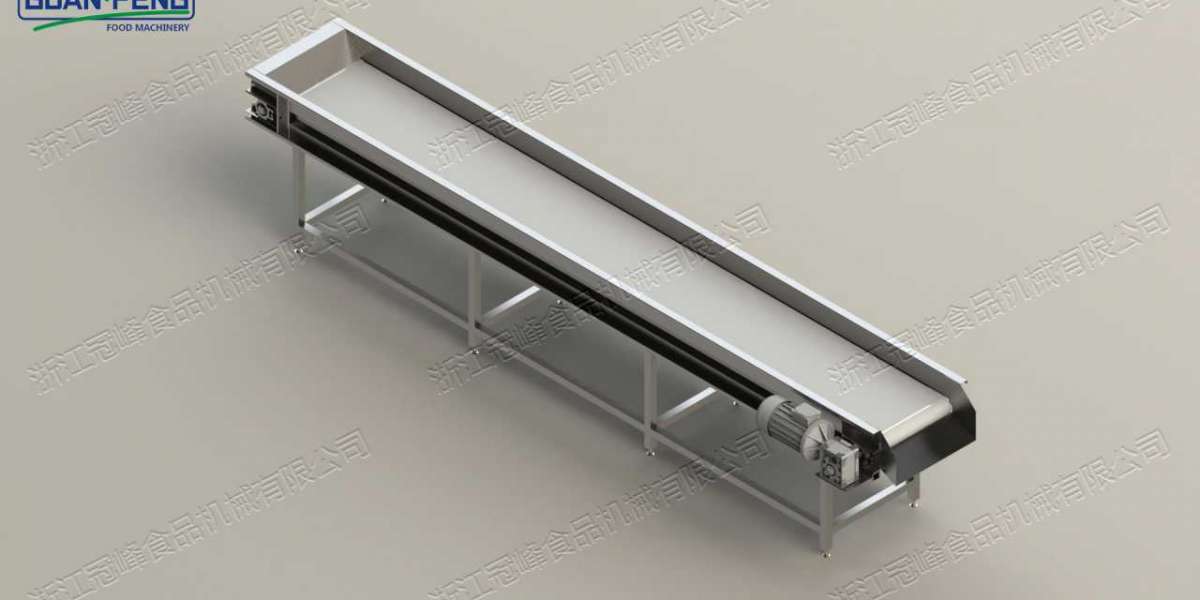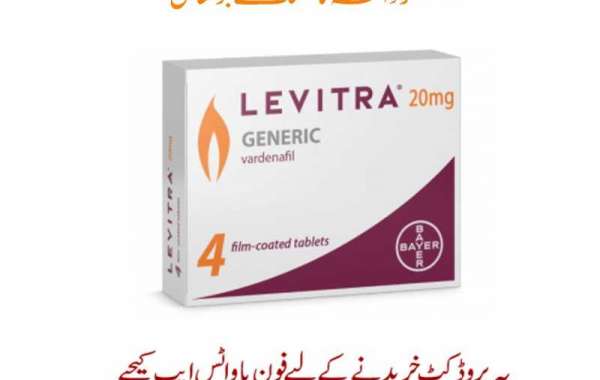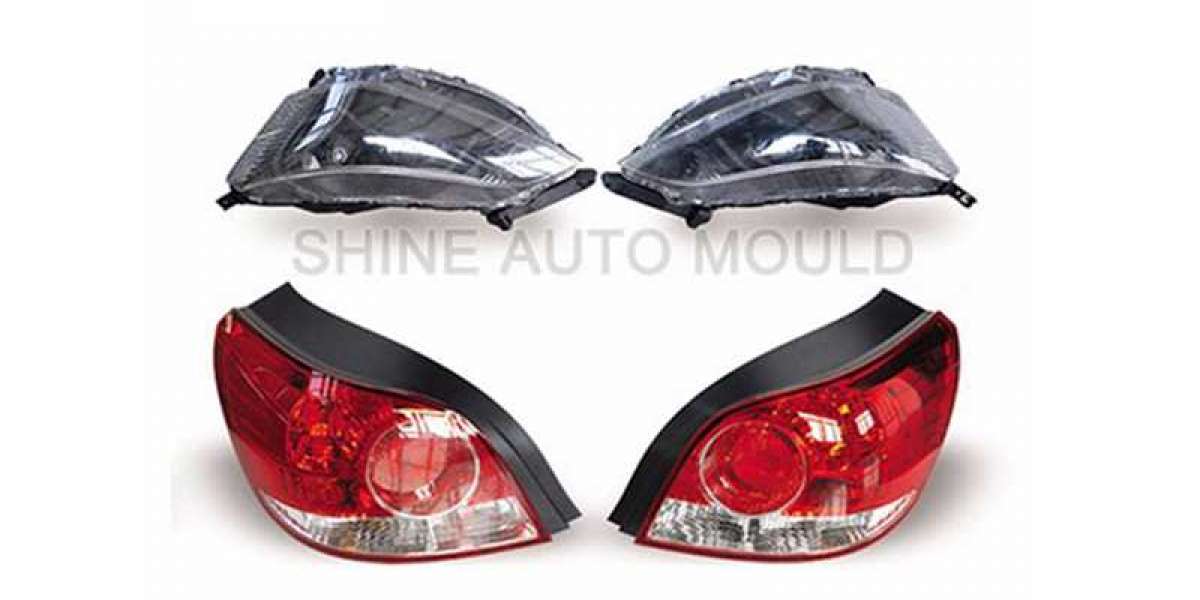Vegetable juices are sometimes acidified with organic or mineral acids to reduce the pH, so that a milder heat treatment (pasteurisation) is then possible. Some low acidity juices are blended with high acid juices such as tomato, rhubarb, citrus, pineapple or sauerkraut, so that they are acidic enough to only require pasteurisation. Some vegetables may be blanched prior to acidifying and extraction. Root vegetables are usually peeled before maceration and extraction.
Process conditions vary depending upon the vegetable type but preliminary operations for both heat treated and frozen vegetables are similar to those described for fruits and usually involve washing, grading and screening to remove extraneous matter such as stone and dirt.
After washing, the vegetables are peeled and may be trimmed. After peeling the vegetables may be left whole or cut in a number of ways such as sliced or diced. Some vegetables are washed after slicing to remove the surface starch. Most vegetables require blanching; steam or water blanching are the most common methods. The product is then rapidly cooled. After cooling the product may be re-inspected and screened before being quick frozen or filled into cans or glass jars, usually with a hot brine (sugar, salt, acid), and then heat processed. Vegetables generally undergo a full sterilisation process as the pH is to high to inhibit microbial action.
In a typical pickling process, raw vegetables are delivered and subjected to washing and screening operations to remove extraneous matter such as stones. Depending upon the vegetable, the raw material might be steam cooked and then cooled. The product is then peeled (typically using steam) and re-inspected before being cut to the required dimensions, e.g. sliced/diced/shredded, and transported to the filling line. The chopped vegetables are then filled into containers. An acidifying liquor is mixed with spices and transferred to the filling line to be used in the pickling sauce. This liquor typically consists of acetic acid, malt vinegar, spirit vinegar, distilled malt vinegar, liquid sugar and salt depending upon the formulation. The acidifying liquor is deposited into the containers. The container is sealed and typically pasteurised (e.g. hot filling and hot water spray tunnel) before cooling and packaging.
Vegetable drying uses raw materials such as (potatoes), tomatoes, mushrooms, onions, etc. The basic process is the same as in fruit processing (i.e.sorting, grading, washing, drying and packing). Many vegetables are also sun dried at source. Mechanical methods can also be used, as well.
GuanFeng is the international specialist when it comes to the development and production of Vegetable Processing Machine . It is our goal to be of service to our customers as effectively as possible. More information please contact us or check below link: https://www.gf-machine.com/solution/vegetable-processing-line/



